‘Soft hiking’ isn’t just a TikTok trend. How to level up your trek by slowing down
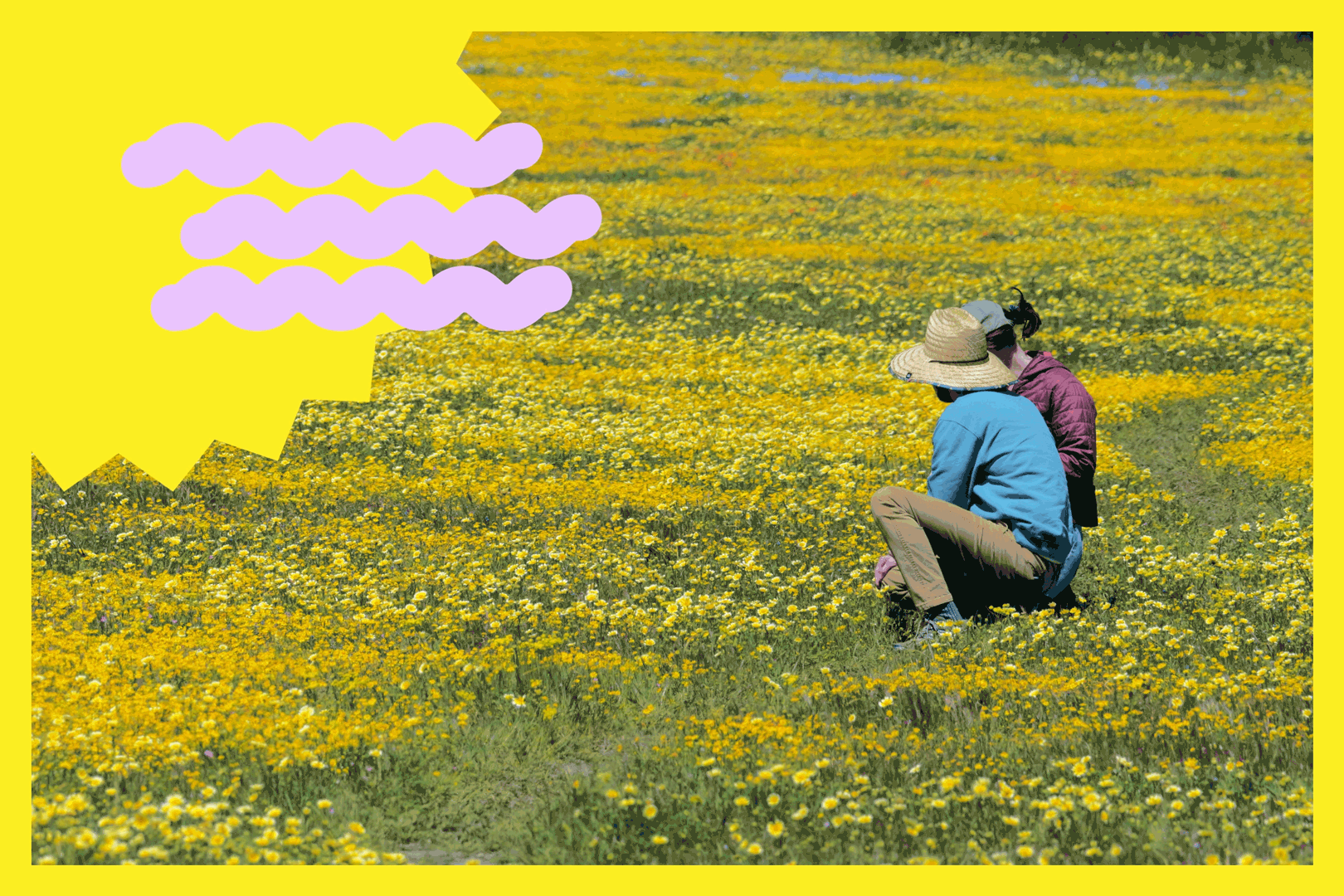
- Share via
How do hikers balance the tricky — and sometimes dueling — objectives of ambition and contentment? Most days, I’m simply content to be plodding along on my local San Gabriel Valley trails, grateful to have the time and luxury to hike. I’m not looking to hike Baldy this year; instead, I’m trying to listen to my body and brain — and I know they’re not ready.
But other times, there’s an itching feeling that I’m not doing enough, or that I’ll never be a “real hiker” — and that feeling of inferiority can hit hard. When you’re raised by hard-driving, achievement-based parents in a society that often values ticking checklists over deep engagement, you tend to have a sneaking suspicion that no peak will ever merit perfection; no accomplishment will ever offer the sweet reward of contentment. As an outgoing extrovert and people pleaser, I find listening to myself a challenge. I want to stick with everyone on group hikes instead of paying attention to what my aching body or frustrated mind want.
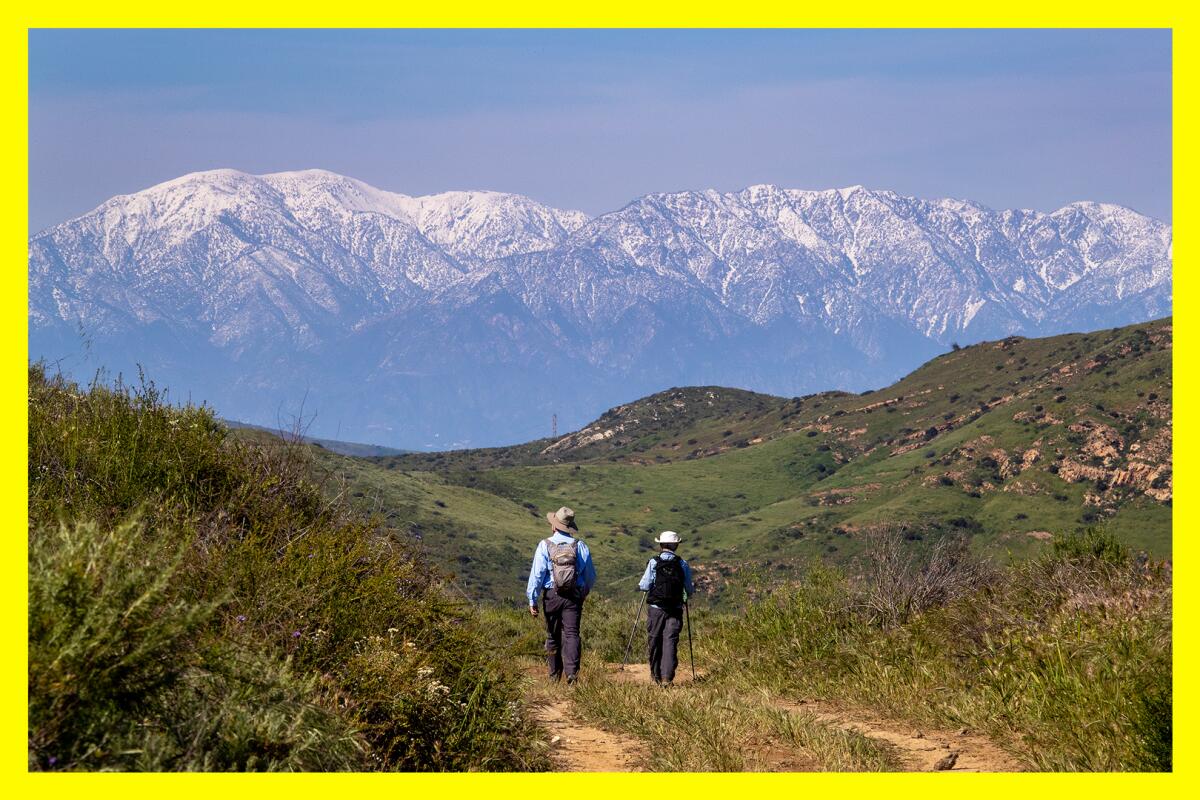
In college, a dear friend loaned me a book that offered another perspective on activity. “The Miracle of Mindfulness” by Thích Nhất Hạnh, a French-Vietnamese Buddhist monk, presented the idea that I could focus solely on what I was doing in that very moment, and by doing so, meditate without sitting down and closing my eyes. For instance, while washing the dishes, hone in only on washing the dishes, Nhất Hạnh advises. The results of practicing mindfulness while washing dishes can be startling, as I learned.
At the time, I lived in a co-operative house, so I was scrubbing pots and pans that served 20. When I was able to practice mindfulness, I heard the clang of the pots as they hit the big aluminum wash basin, the forceful spray of the water. I felt the muscles in my arms flex as they lifted a heavy pot, and I smelled the peculiar mix of the dish soap and the remnants of a Jamaican black bean stew. I also felt a rhythm as my brain relaxed into the activity, losing itself in a flow state.
Get The Wild newsletter.
The essential weekly guide to enjoying the outdoors in Southern California. Insider tips on the best of our beaches, trails, parks, deserts, forests and mountains.
You may occasionally receive promotional content from the Los Angeles Times.
That’s the elusive state I’m looking for when I’m hiking my local trails. When I hike mindfully, I often slow down naturally. Lost in the scents of herbs and wildflowers, gazing at the clouds and the rocks in the trail, I’m focused not on achieving hard things but on enjoying. Too often we seek to collect peaks, to reach the end, without enjoying — as much as we can — the beauties of the path up, challenges included.
Now, I’ve found companions in my quest (on, of all things — of course — TikTok): soft hikers. The trend of soft hiking is a cousin of walking meditation, practiced in TikTok videos by influencers like @softgirlswhohike. Insider reports that Brits Emily Thornton and Lucy Hird started the account to show that you can take it slow — even meander — and still call yourself a hiker, without worrying about impostor syndrome. Plus, if you practice soft hiking as walking meditation (here’s more on how to do it), you could even reap the benefits of the latter: improved digestion, anxiety reduction and improved blood sugar levels and circulation.
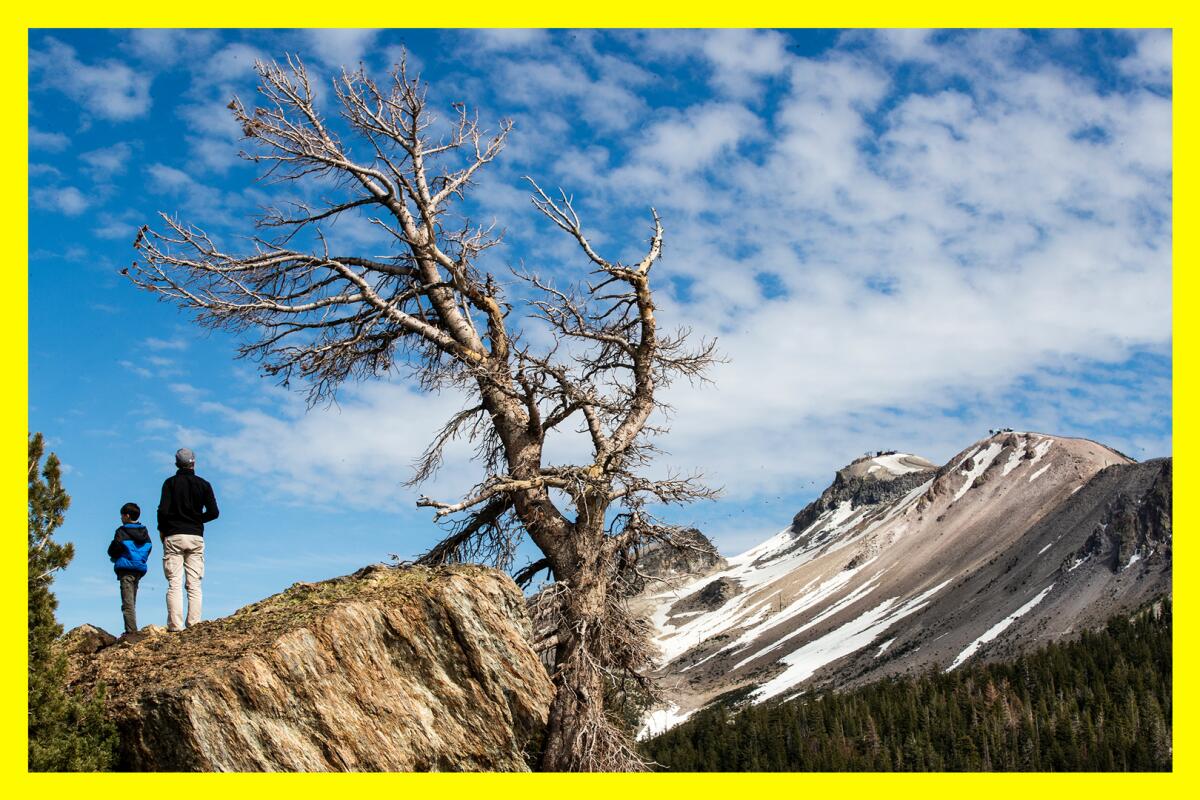
So how do you keep accomplishing and scaling peaks, without losing sight of the softer side of hiking? I have a few thoughts.
1. Hike like nobody’s watching. Social media can make you feel like you’re inside the panopticon, always being watched and comparing your feats to those of others. Healthy competition is great, but if you struggle with shutting down achievement brain like I do, it can be helpful to turn off social media and keep your hikes to yourself.
2. Slow your roll and tune in to surrounding sights and sounds. Consciously slow down. Make it your goal to name 10 plants per hike, which requires leaning in and peering down at tiny growing things, or snapping a photo and identifying them. Try to name the birds or insects you see, or sketch trees in a journal. Plan for hikes that aren’t straight up, that meander. Turn off your step counter and listen to an audiobook on your headphones, or just listen to nature itself. You can even record birdsong to identify later.
3. Bring a journal or recording device. Remembering your hike can bring deeper thoughts upon recollection, so consider capturing elements of the experience in a journal or recorder. This also gives you a moment to pause and reflect while you’re doing your hike.
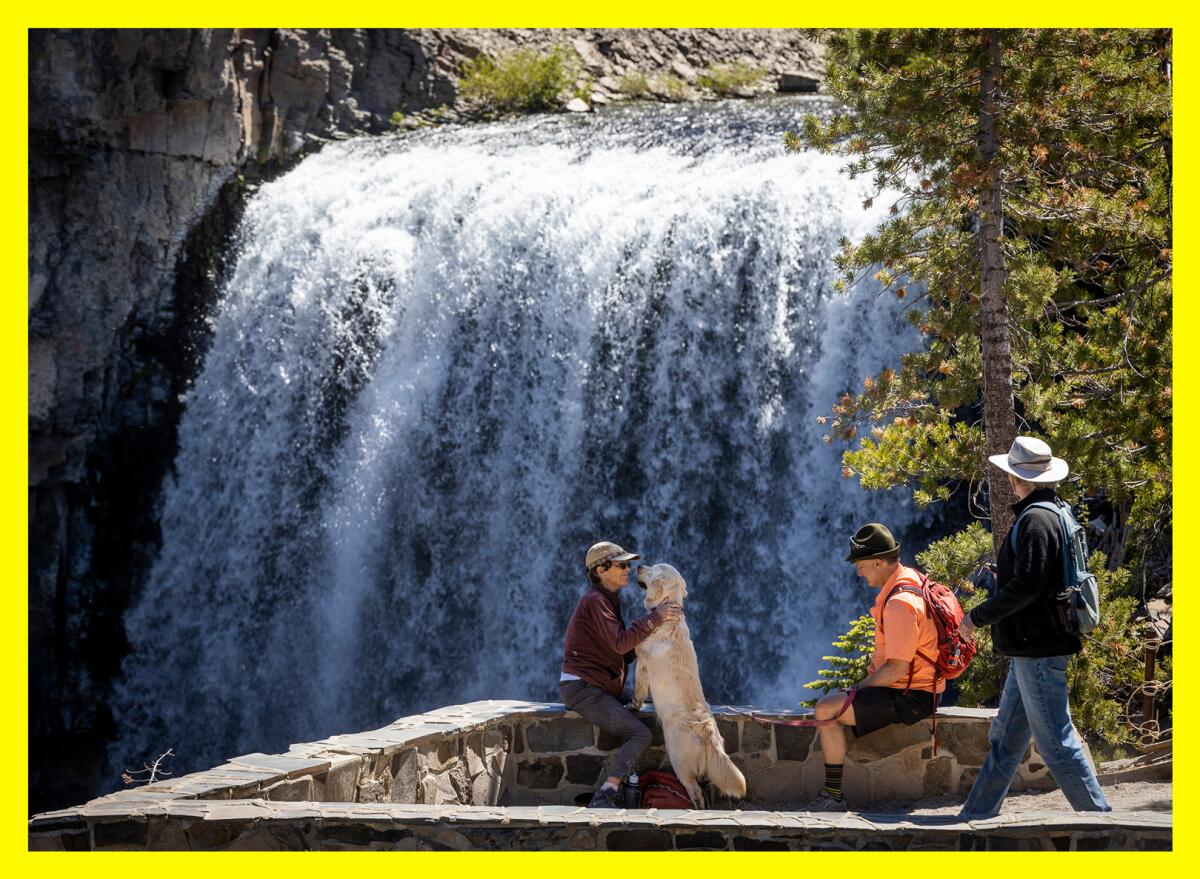
4. Choose the right companion. Hike with a friend who wants to slow down; a senior dog who’s up for it is also a lovely slow-hiking pal. Catch up on life, and make the focus hiking side by side (look for trails wide enough for you to do so). Bring snacks so you can sit down and eat together.
5. Listen to your body. If your body is aching, don’t push it. Leaving a group hike isn’t quitting; it’s listening to yourself. Friends can support you to achieve greater heights, but if you’re not feeling the vibe of a particular trek, it’s OK to leave. Give yourself permission to set boundaries and make individual decisions, even in a group setting.
6. Set aside time to stop and play. Open up your hike to childlike imagination. See a brook with stones you can hop across, or a log you can walk across? Do it. You’ve set aside a couple hours to be open to wherever the trail takes you; use the time to truly explore. Follow your intuition when it comes to what your mind craves, whether it’s more stimulation or a moment of rest and relaxation.
3 things to do
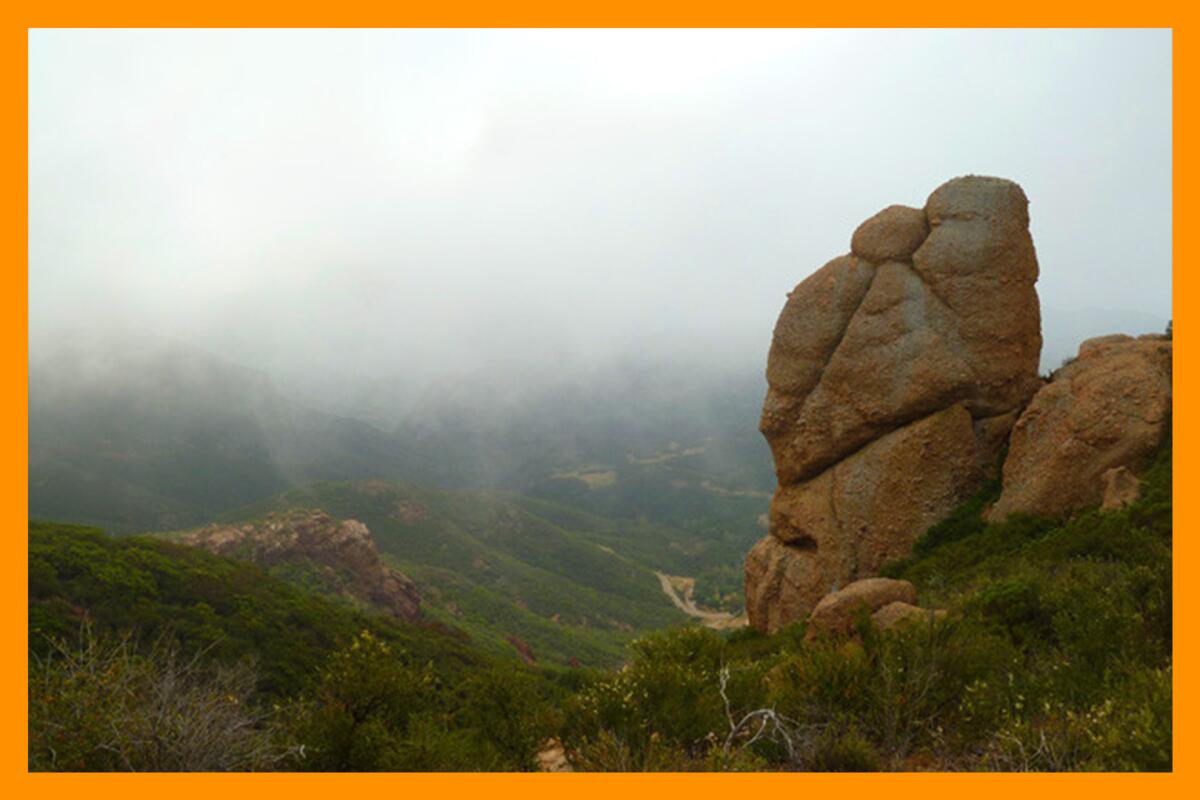
1. Hike Sandstone Peak with Modern Hiker and Just Trek. On Saturday, May 6, at 8:30 a.m., link up with Modern Hiker’s Casey Schreiner, former writer of this newsletter, and Justin Rimon, host of the Just Trek podcast, to hike six miles to Sandstone Peak, the tallest point in the Santa Monica Mountains. You’ll amble along like the legendary bear the Mishe Mokwa trail is named after as you pass landmarks like Echo Cliffs, Balance Rock and Split Rock, and even glimpse a view of the ocean. You’ll get dramatic sandstone cliffs and a final scramble up to the peak, where you can snap a photo with the plaque of Herbert Allen, patron of Circle X Ranch. Joining the trek is free; get your tickets here.
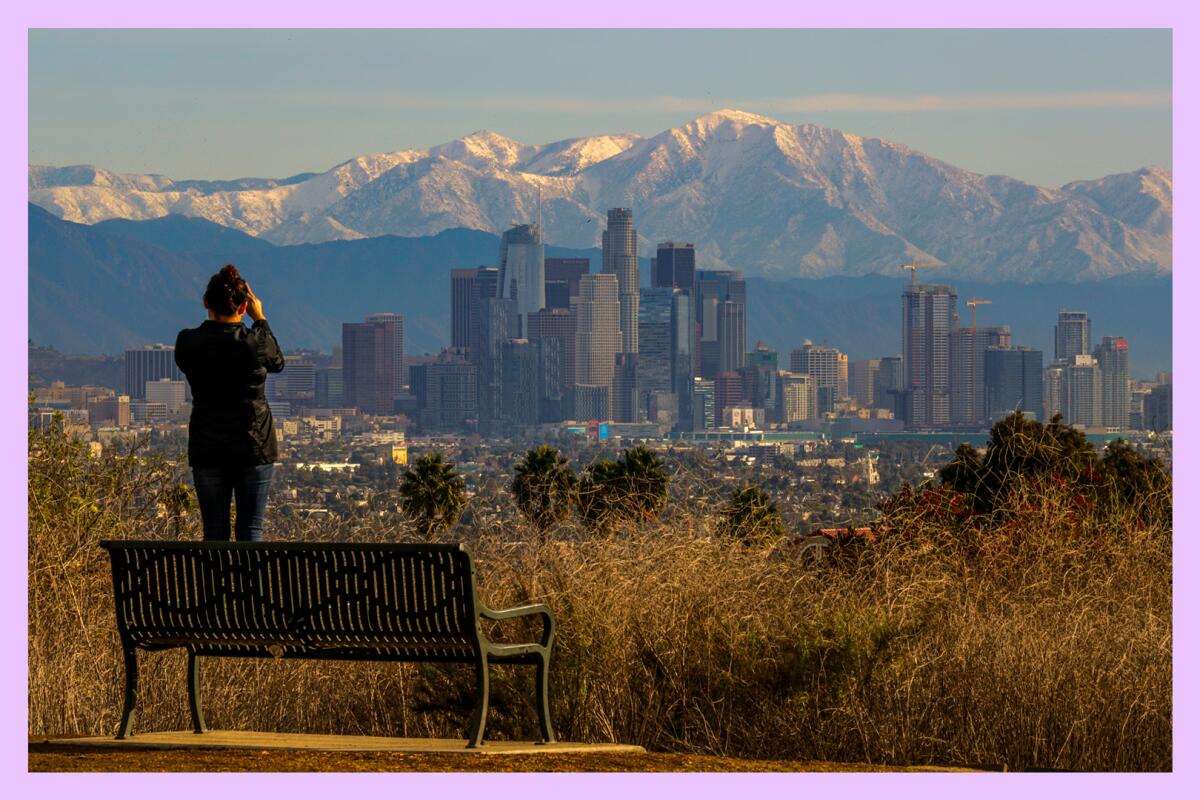
2. Get in a two-fer: hiking and yoga. Head to Kenneth Hahn State Recreation Area with nonprofit Hike to Yoga, and meet your hike leader at 8 a.m. at the East Trailhead (skip the main entrance and direct your GPS to the intersection of La Brea and Don Lorenzo). If you’d rather hike on your own, you can meet at 9 a.m. at the 9/11 Memorial Tree at the Bluff, near the Burke Roche picnic area and restrooms. The yoga is beginner-friendly, free and inclusive. It takes place on the first Saturday of each month, and the next event is May 6. Get a free ticket here.
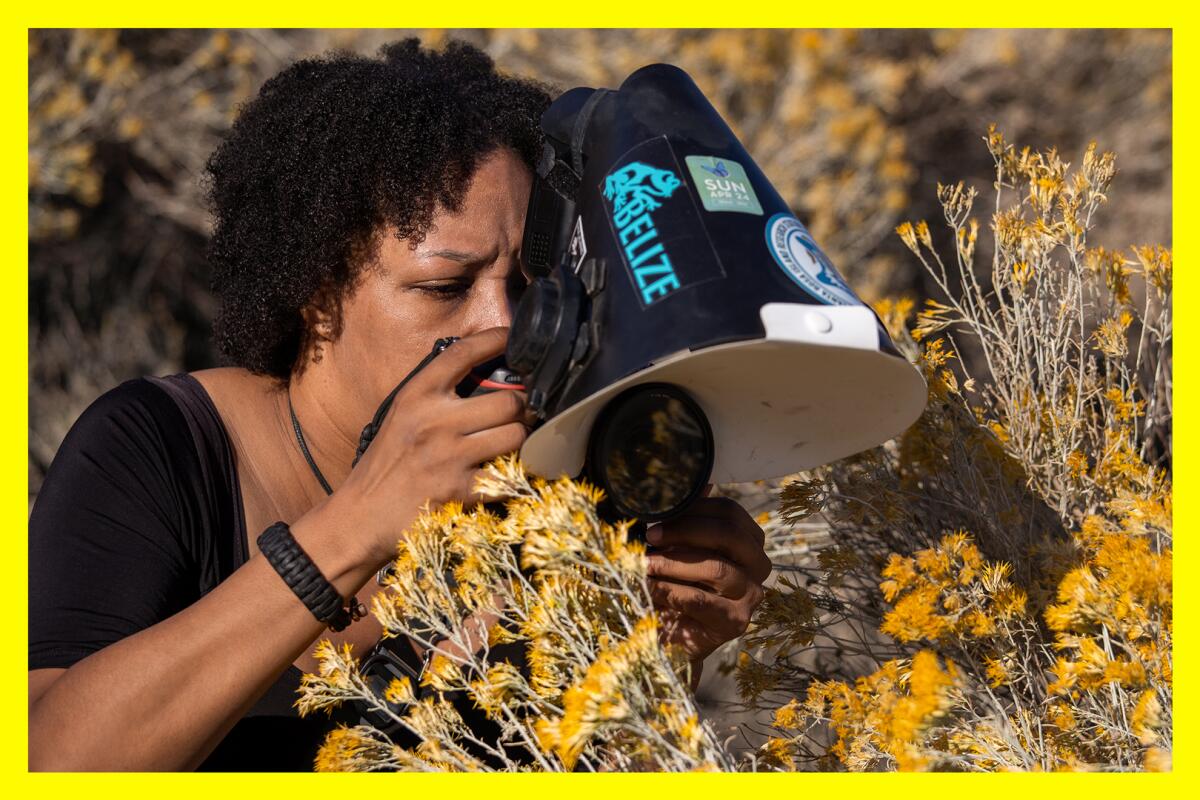
3. Become a community scientist. Join for the eighth year of The City Nature Challenge — one of the world’s largest community science events, hosted by Natural History Museums of Los Angeles County (NHMLAC) and San Francisco’s California Academy of Sciences (CAS) — by contributing to biodiversity science and conservation. In 2022, the challenge broke numerous records, with more than 67,000 community scientists around the world amassing over 1.69 million observations from 445 cities — including sightings of at least 2,244 rare, endangered or threatened species. You can do things like participate in organized biodiversity surveys, log plants on iNaturalist or record the wildlife in your neighborhood. It all begins April 28 at 12:01 a.m. PT, ending May 1 at 11:59 p.m.
The must-read
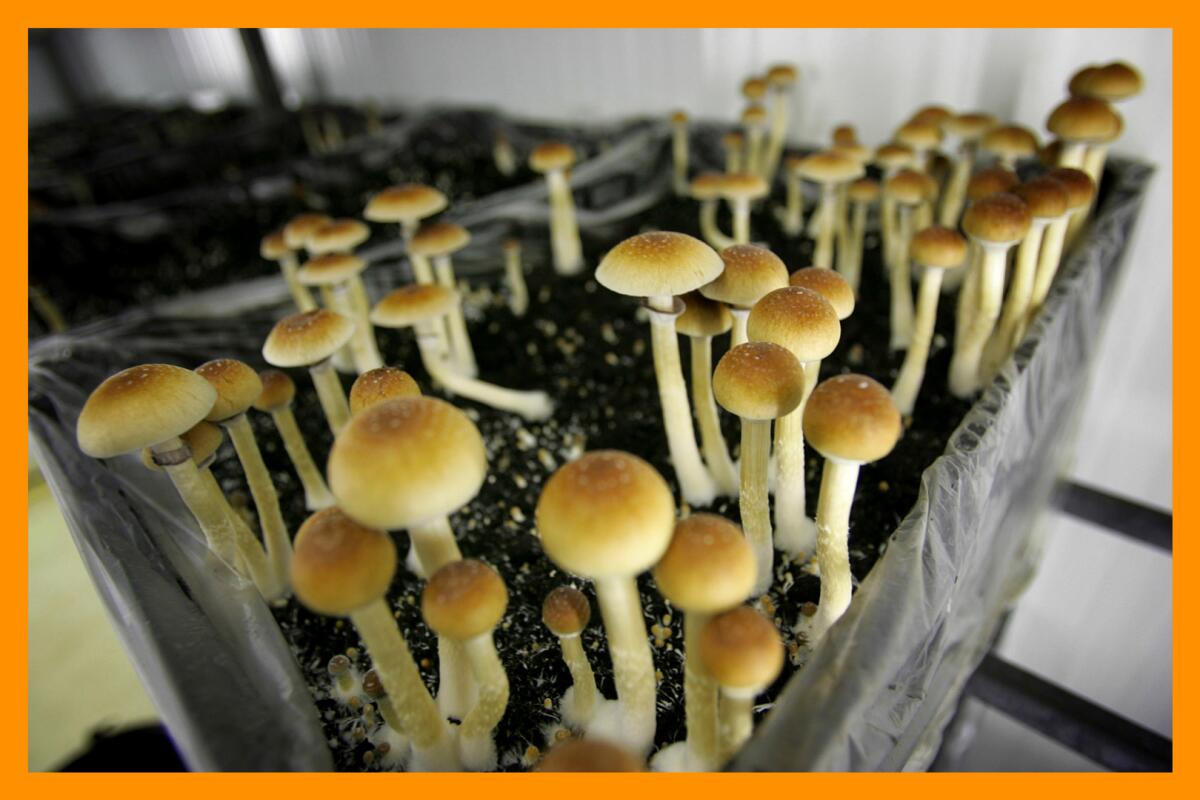
Content warning: The U.S. government still classifies the psychedelic compound psilocybin as a Schedule I substance under the Controlled Substances Act, meaning that it has a “high potential for abuse, no currently accepted medical use in treatment in the United States and a lack of accepted safety for use under medical supervision.” Several cities have already decriminalized magic mushrooms, and Oregon is the first state to approve medical use. California’s Senate Bill 58, a bill to decriminalize psilocybin and ayahuasca, recently passed its first major hurdle when it was approved by the Senate Public Safety Committee.
Some studies have shown that being in the great outdoors while taking psychedelics or psilocybin can make you feel more connected to nature, so it might seem tempting to combine a hiking trip and psychedelic mushrooms, but consider this: You might end up hailing local search-and-rescue.
Adam Roy at Backpacker reports that on April 8, a group of English hikers got sick on the trail after taking ’shrooms and had to be rescued. Roy writes, “Dr. Nathan Sackett, a medical researcher at the University of Washington, told Seattle’s King 5 News that while magic mushrooms are generally safe on their own, ‘accidents are prone to happen’ when people take them in a wilderness area where natural hazards abound.”
Consider this too: If the weather is bad, you might have an even harder time out there. My advice: If you’re looking to trip on a trip, make sure you take along at least one “designated walker,” i.e., a sober friend who can get you out of a jam if necessary.
Happy — and safe — adventuring,

Check out “The Times” podcast for essential news and more.
These days, waking up to current events can be, well, daunting. If you’re seeking a more balanced news diet, “The Times” podcast is for you. Gustavo Arellano, along with a diverse set of reporters from the award-winning L.A. Times newsroom, delivers the most interesting stories from the Los Angeles Times every Monday, Wednesday and Friday. Listen and subscribe wherever you get your podcasts.
P.S.
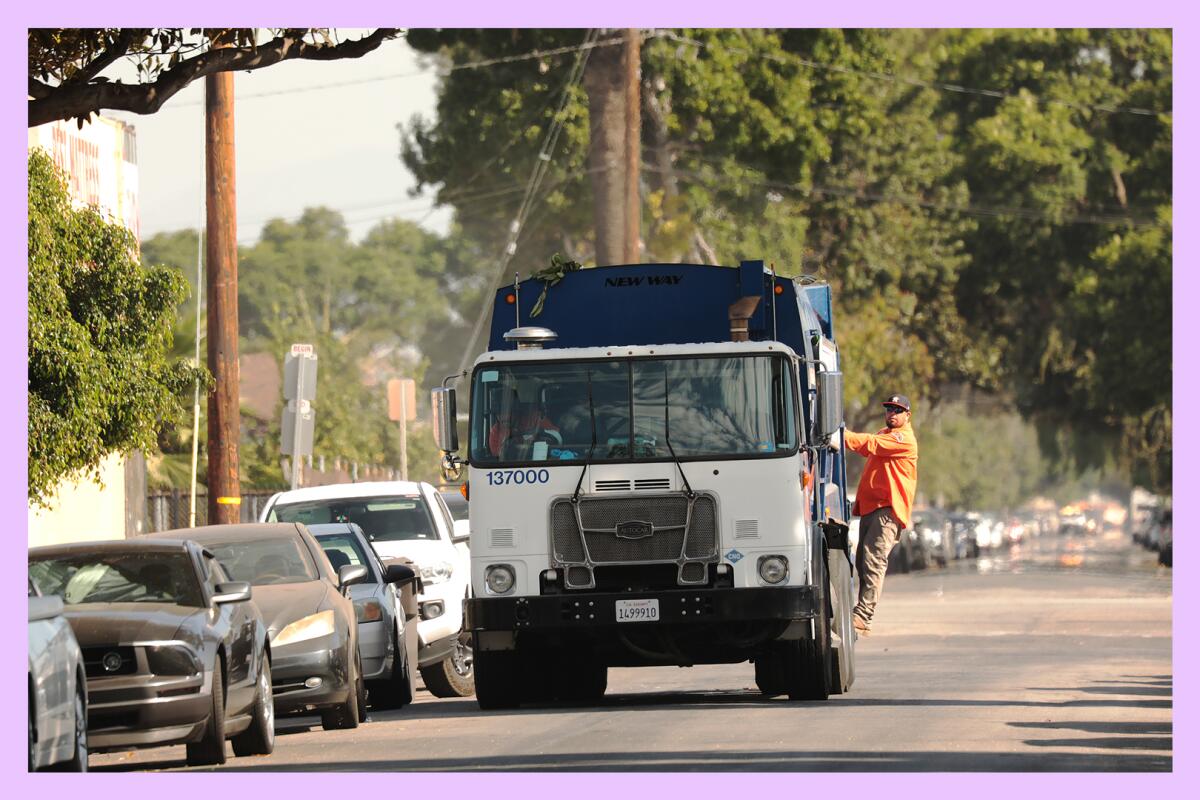
Is your kid as obsessed with trash trucks, landfills, recycling centers and sorting bins as mine is? Yes, our lives are that exciting: Watching the trash and recycling trucks roll through our neighborhood is an event we look forward to every week.
You too? Follow L.A. City Sanitation on Instagram and add the L.A. City Sanitation Open House 2023 to your calendar ASAP. Open houses take place at sanitation centers across the city and offer the chance for kids and adults to learn about recycling and proper trash disposal. It’s more fun than it sounds to an adult, with snacks, music and games, and education about clean water, watershed protection and recycling education. Personally, I love seeing and thinking about where our trash goes and how we can improve that process, and your little one may too. And if you want to help pick up trash on the trail, join up with Pick Up While You Hike Up.
For more insider tips on Southern California’s beaches, trails and parks, check out past editions of The Wild. And to view this newsletter in your browser, click here.
Sign up for The Wild
We’ll help you find the best places to hike, bike and run, as well as the perfect silent spots for meditation and yoga.
You may occasionally receive promotional content from the Los Angeles Times.




